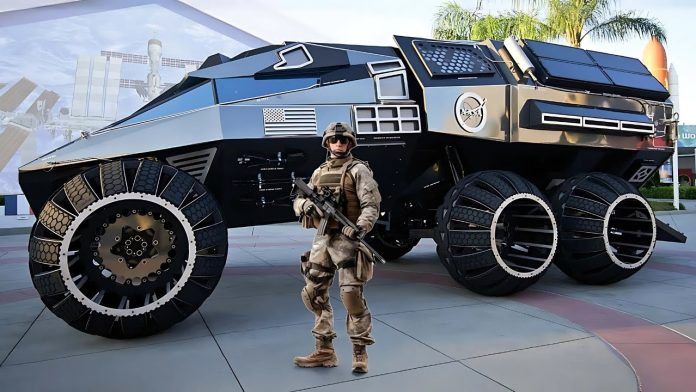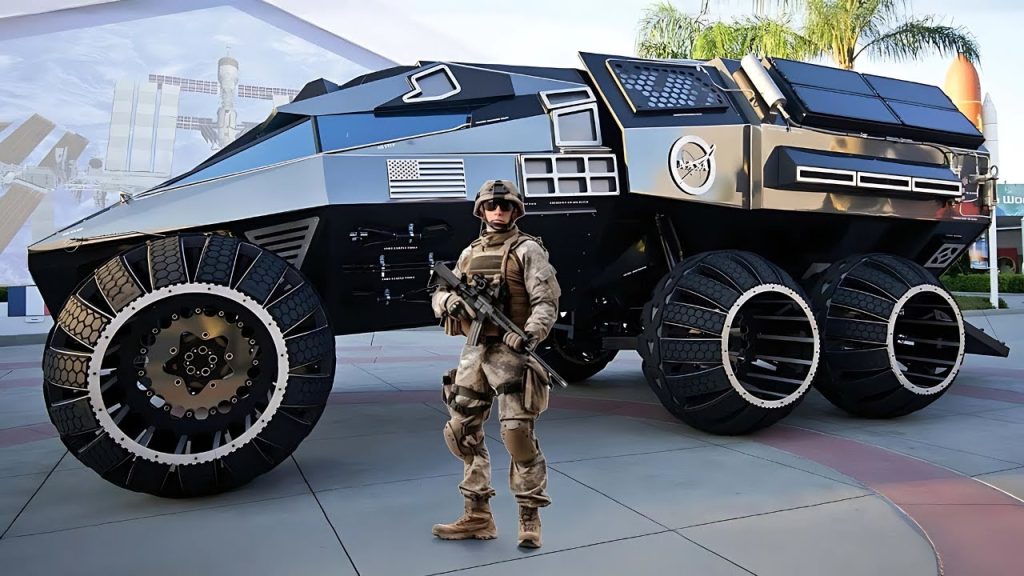
What happens when the icons of military history collide with the cutting edge of artificial intelligence? In the world of defense innovation, this is no longer a hypothetical. The fusion of classic armored vehicles and next-generation AI has sparked a renaissance, transforming familiar silhouettes into futuristic machines that promise to reshape the battlefield.
For futurists and mil-tech fans, these revamped rigs are more than retro homagesthey are blueprints for future combat. From hovering tanks that mount railguns to shape-shifting troop transports, the following rundown delves into how AI and cutting-edge engineering are reviving the legends of armored combat. Get ready to learn how these old-school platforms are being revamped for a new generation of war.
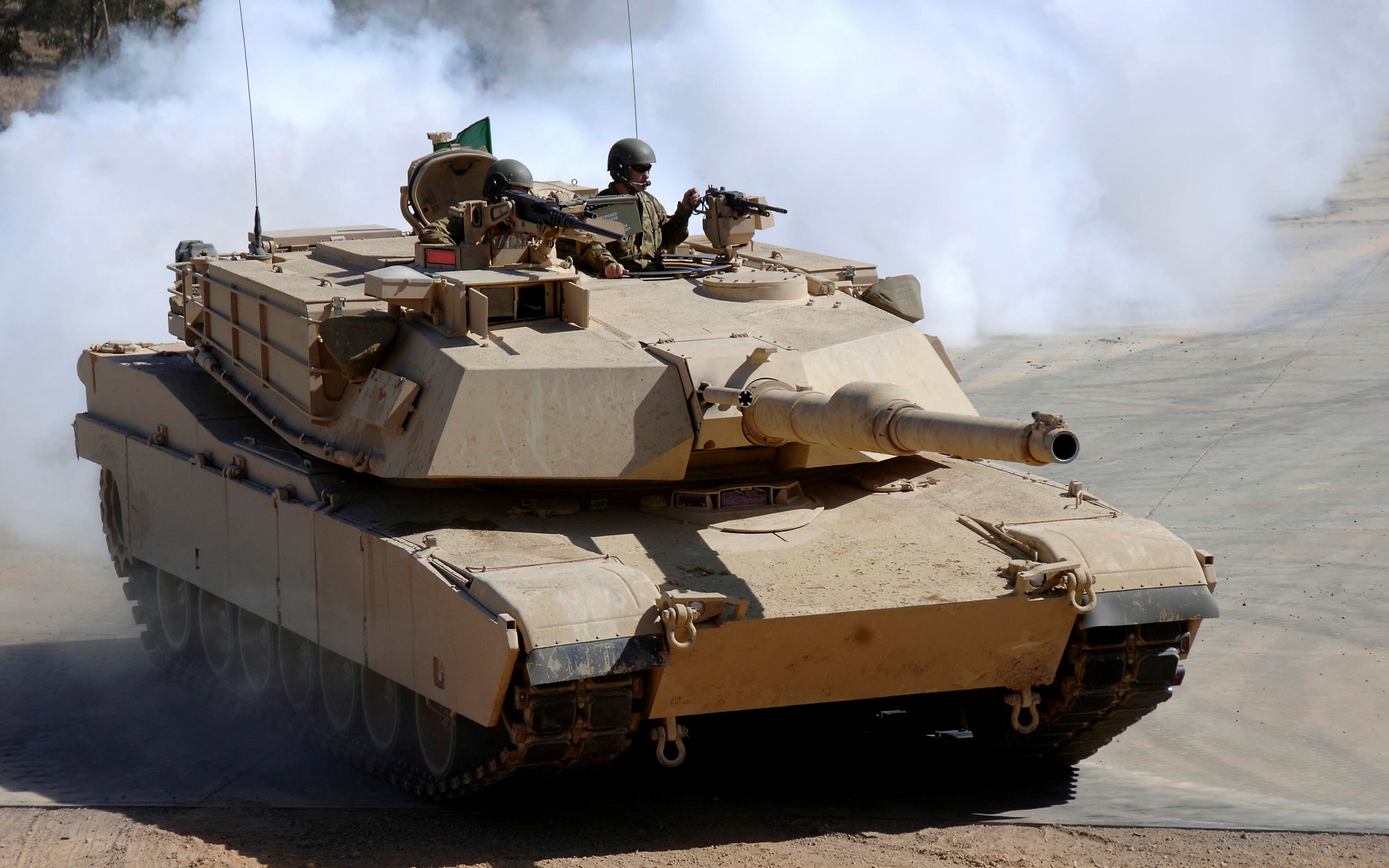
1. M1 Abrams: From Steel Behemoth to Anti-Gravity Powerhouse
The M1 Abrams, long revered as the backbone of U.S. armored might, is now envisioned as a marvel of technological ambition. Gone are the days of rumbling treads; this futuristic Abrams floats above the ground, propelled by anti-gravity technology. Its angular, nanotech-infused armor shimmers beneath energy shields, offering a level of protection that would have been unthinkable just a decade ago.
With a railgun controlled by an AI system outsmarting human tacticians, the next-generation Abrams is a showcase of what artificial intelligence has made possible. With AI-guided targeting and threat analysis becoming the norm, the Abrams is ready to hold its own in a world where flexibility and adaptability rule.
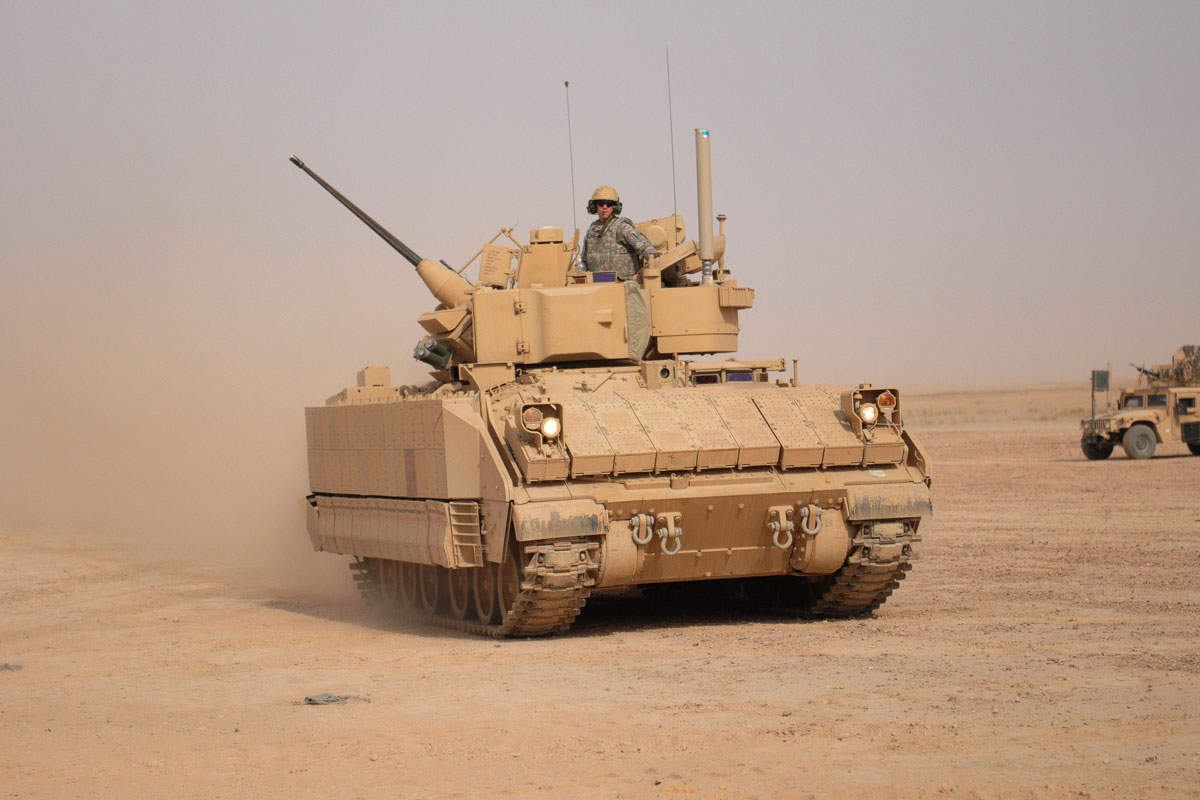
2. Bradley Fighting Vehicle: The Stealthy, Drone-Launching Juggernaut
Once a stalwart of infantry support, the Bradley Fighting Vehicle is in the process of evolving from science fiction to combat reality. Its camouflage system, which can adapt in real-time, becomes a part of whatever environment it is used incity or desert. A hybrid propulsion system guarantees almost silent travel, a key asset for conducting operations in contemporary asymmetric warfare.
The Bradley turret, armed with AI-guided plasma rifles and pulse cannons, also fires swarms of drones for recon or assault. U.S. Army modernization tests indicate that such AI-supported platforms greatly accelerate speed, accuracy, and crew safety. The joining of real-time sensor fusion and autonomous threat detection is a step forward in battlefield convergence.
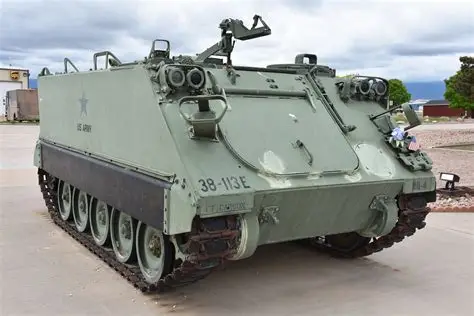
3. M113 Armored Personnel Carrier: The Shape-Shifting Transport
The M113, the soldier transport workhorse of the Vietnam era, is envisioned now as a modular, shape-shifting vehicle. The exterior can change to fit various missionstroop carrier, scouting platform, or mobile command postwith the press of a button. New materials science and robotics allow the M113 to change its armor thickness and configuration, maximizing stealth or protection as the mission demands.
Integration with AI enables the M113 to evaluate threats and adjust in real time, while active protection systems and modular armor systems provide survivability against contemporary threats. The outcome is a vehicle as capable as the missions it conducts, a chameleon of the contemporary battlefield.
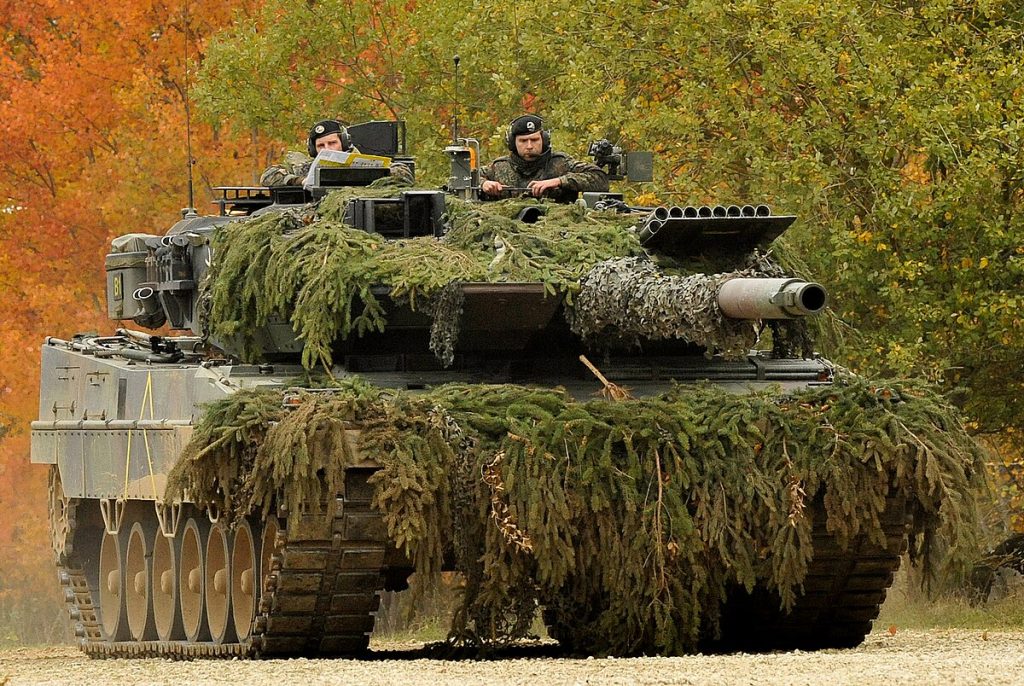
4. Leopard 2: The Electromagnetic Vanguard
Germany’s Leopard 2, already a badge of engineering prowess, is now transformed with an aerodynamic shape and reflective smart armor that responds to changing threats. Its turret contains an electromagnetic cannon that can shoot high-energy rounds and pulses blasts, one step ahead of traditional firepower.
AI-powered systems regulate drone deployments for real-time information and energize energy shields to neutralize incoming fire. The transition towards network-enabled capabilities and smart power management guarantees the Leopard 2 maintains its status as a powerful force in the age of cyber warfare. This combination of lethality, survivability, and connectivity is redefining what it means to be an armored vanguard.
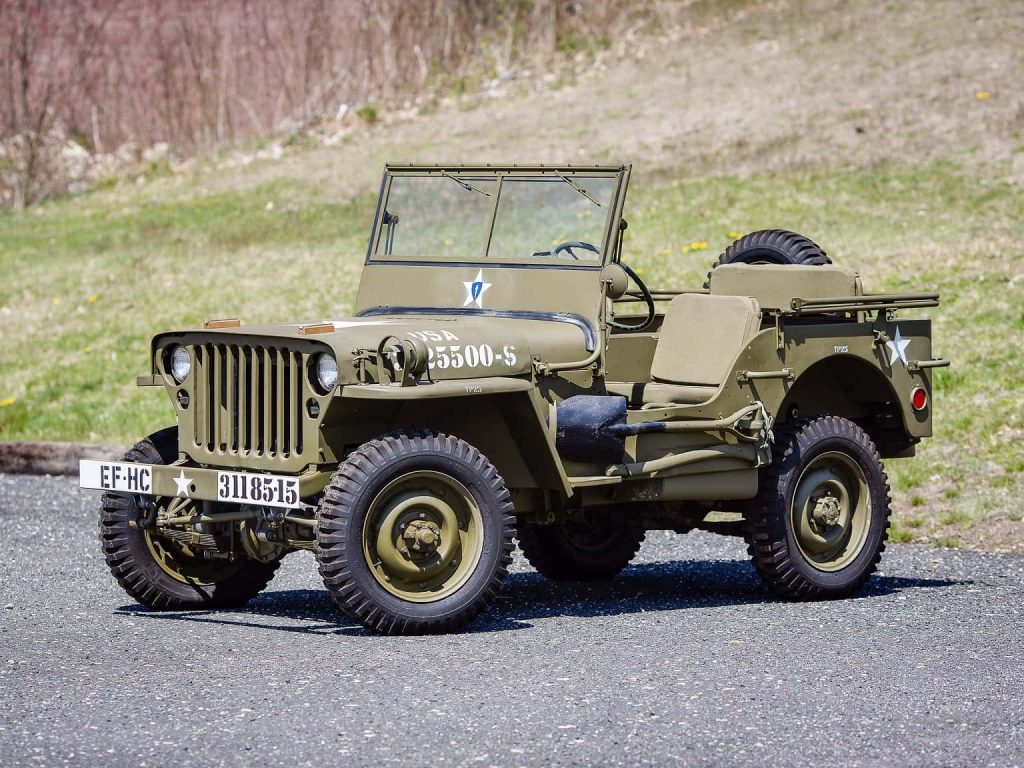
5. Jeep Willys: The Autonomous Scout
The legendary Jeep Willys, long a byword for tough dependability, is now a driverless scout car. Equipped with cutting-edge sensors and artificial intelligence, the new Willys drives over rugged terrain independently, gathering intel and reporting in real time to command bases.
This evolution reflects the military adoption of autonomous vehicle platforms for surveillance and reconnaissance purposes. The stealth and versatility of Willys make it an essential tool for operations when human risk must be avoided.
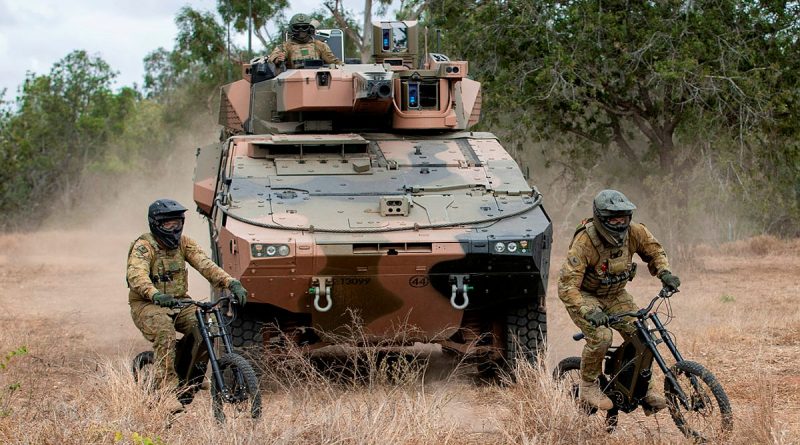
6. Hybrid and Electric Propulsion: The Silent Revolution
There is a silent revolution going on under the bonnets of these future vehicles. Hybrid and electric power systems are lowering heat signatures and allowing near-silent travel around the battlefield. For these systems not only enhance operational effectiveness but also supply the power required for cutting-edge guns such as lasers and railguns, Army technology specialists say.
Electric drives and smart power management are now crucial to enable active protection systems and high-demand electronics. This development is as much a matter of sustainability as it is tactical advantage, promising a future where stealth and endurance go hand-in-hand.
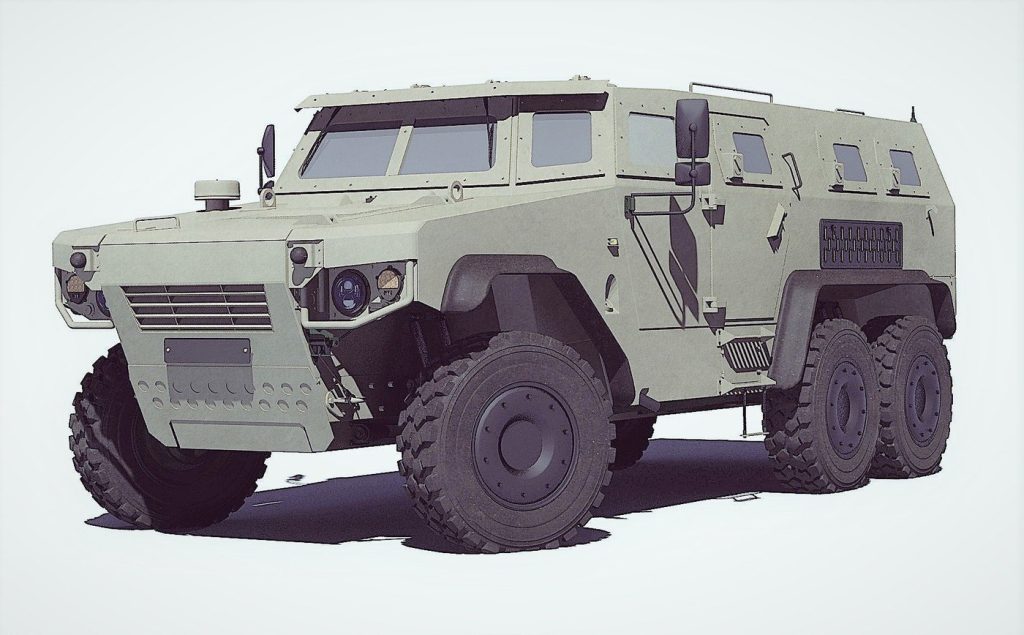
7. Active Protection and Nanotech Armor: The New Standard
Survivability is not merely a matter of heavy steel anymore. New armored vehicles have come to depend on the integration of composite, nanotech, and electromagnetic armor to provide protection against a range of threats. APS systems employ sensors and countermeasures to detect incoming rounds and neutralize them before they land, while nanocomposite layers provide improved strength and self-healing properties.
As chronicled in the recent progress of vehicle ballistic protection, how AI is integrated with such systems makes it possible to have autonomous threat detection and response, cutting down reaction time and enhancing crew safety significantly. What comes out of this is a new model of vehicle protection that is dynamic, adaptive, and intelligent.
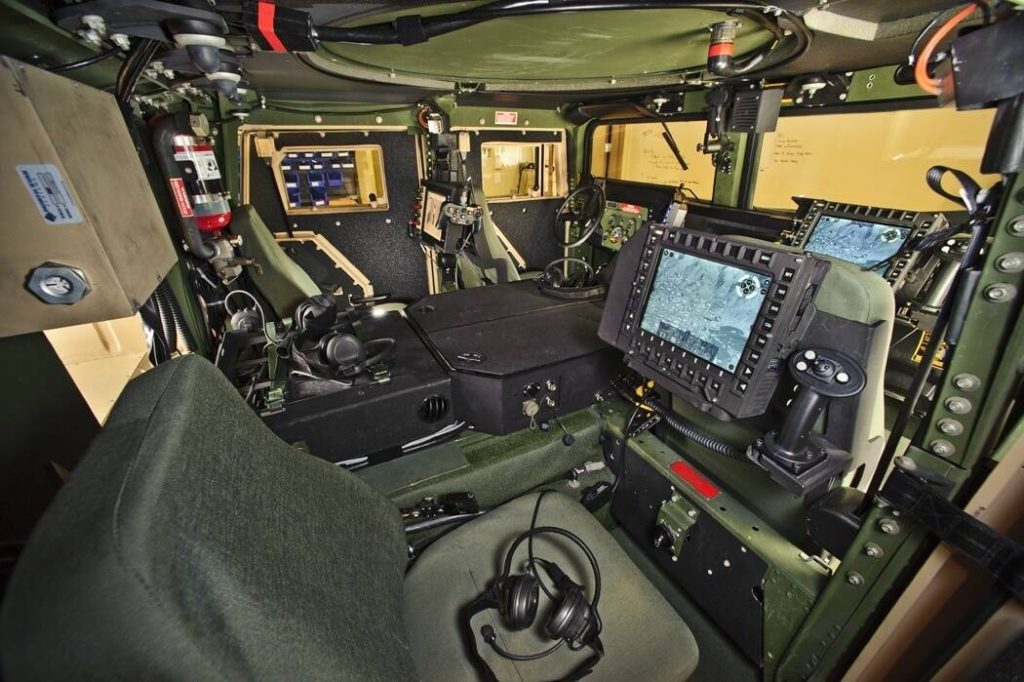
8. AI Crew Stations and Human-Autonomy Teaming
Within such vehicles, the crew’s role is being revolutionized by AI-driven crew stations. The U.S. Army’s Crew Optimization and Augmentation Technologies (COAT) program is creating interfaces that integrate head-mounted displays, voice assistants, and real-time health monitoring. AI systems assist in the management of sensor information, mitigating cognitive overload, and facilitating human-autonomy teaming to accomplish intricate missions.
This transformation allows fewer personnel to work more efficiently, with AI completing tasks on an automated basis and providing decision-making assistance. The interplay of human instinct and machine accuracy is creating a new standard for operational efficacy and safety.
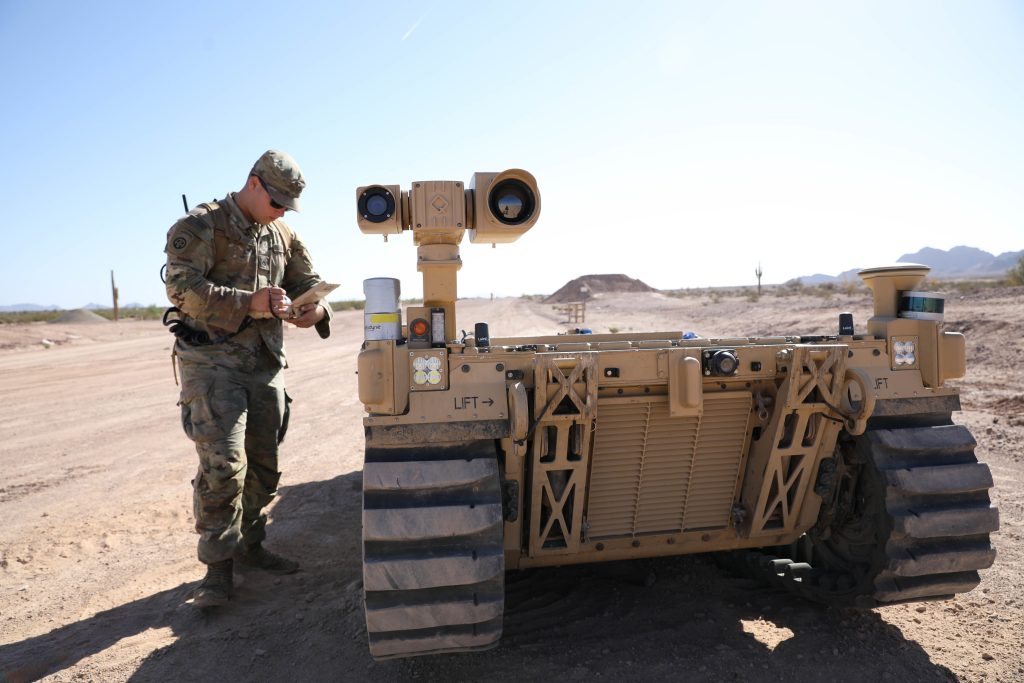
9. Predictive Maintenance and Logistics: The Invisible Edge
In the background, AI is transforming the maintenance and deployment of military vehicles. Predictive maintenance software scans sensor data to forecast failures ahead of time, minimizing downtime and maximizing readiness. With increasingly advanced AI-driven logistics, the military can optimize resource planning and mission planning with unparalleled precision. This intangible edgewhere analytics meets logisticsmeans that the very best vehicles are not merely combat-capable, but tough and durable in the long term as well.
The coupling of traditional armored design with AI is a change more than just in terms of technology, representing a fundamental transformation in the way that military might is imagined and applied. As these iconic vehicles become intelligent, adaptive platforms, they give us a glimpse of an era in which past and present combine to define a new level of battlefield prowess. For all who are intrigued by where history and innovation come together, the next book of armored warfare is already being opened.
